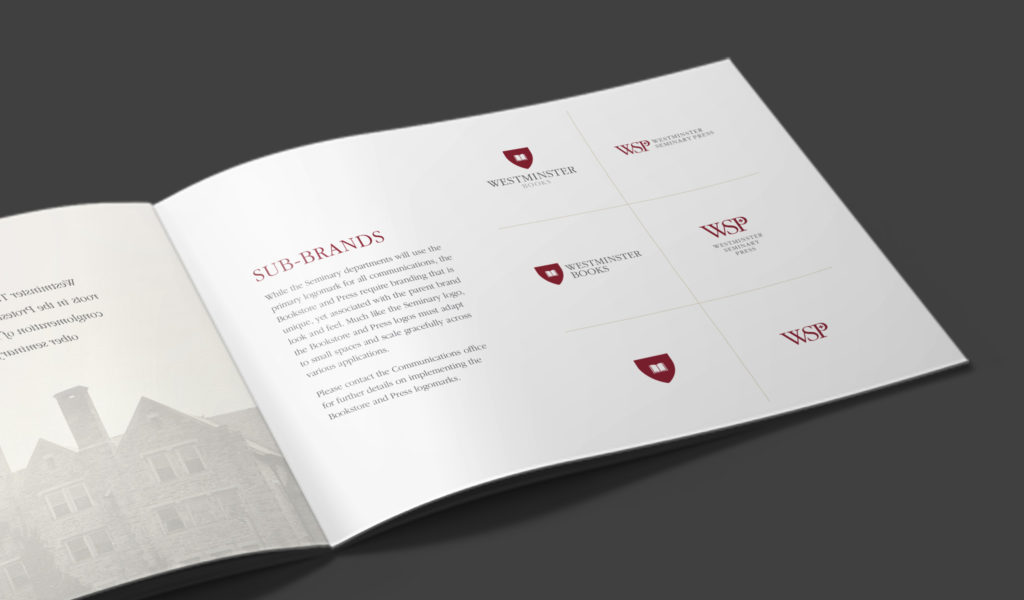August 13, 2019
The Basic Principles of Branding and Brand Strategy

Updated August 13, 2019
Why Branding Matters
When it comes to brand building, many organizations make the mistake of shooting in the dark without a clear, comprehensive, and intentional brand strategy. On average, it takes between 5-7 impressions before a potential customer will remember your brand. Will yours be remembered for looking nice, or for looking nice and deeply connecting with your audience?
While it is easy to get hung up on favorite colors and tone of voice, a successful brand transcends the decoration to convey a deeper purpose that speaks to each member of your audience on a personal level. If you were building a house, you’d want to think about the foundation and layout before thinking about appliances and countertops, right?
Implementing a thoughtful and consistent brand identity and voice will ultimately make all of your marketing communication endeavors more effective, resulting in an impressive ROI over time. Research says that a consistent brand across multiple touchpoints has increased revenue by 23%.
So, how can you build an effective brand strategy? Building a brand is no easy task. The key is to take it one step at a time. Use this brand strategy framework to guide your process.
Phase 1: Research & Audit
Before you build (or rebuild) your house, survey the land. An in-depth research and audit process lays the groundwork for all future branding efforts. The purpose is to identify where your brand is today, so you have a clearer view of where it needs to be tomorrow.
To gain a historical perspective and a better understanding of your brand equity, you should begin by analyzing all of your current marketing materials. These can include:
- Mission statement
- Vision
- Value proposition
- Organization chart
- Business plan
- Marketing plan
- Annual reports
- Existing market research
- Employee surveys
- CEO speeches
- Press releases
- News stories
- Brochures
- Current website
- And more.
When reviewing these materials, note what you like, don’t like, specific language used, and all opportunities for improvement.

In addition, interviews should be conducted with both internal staff and external customers. The goal is to document the existing perception of your brand–or, if you’re launching a new brand, the perception of your niche and/or existing competitors. Be open to surprise. Often, stakeholder interviews will uncover things you hadn’t before considered (like a mischievous goat that influenced our brand design for Carversville Farm).
Stakeholder interviews will also help you fill in a more detailed description of the brand and how clients interact with it. These “brand drivers” are a list of benefits that consumers receive by using your product/service. Here is an example template you might want to use:
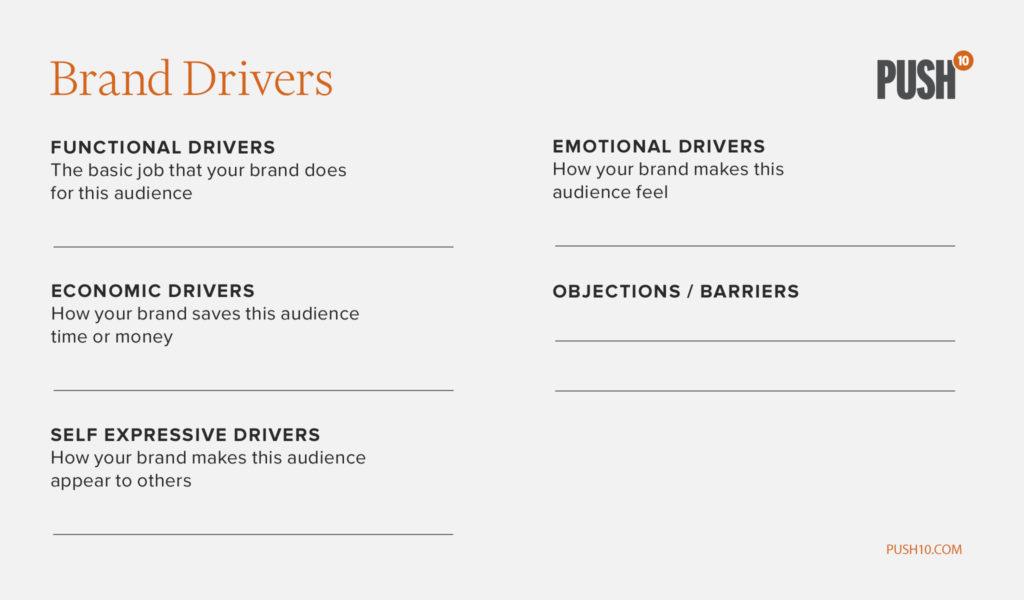
Right-click to save this image to your desktop.
During this phase, it’s also important to analyze your competitors’ brands as well. Part of this discovery phase is about uncovering your strengths, weaknesses, and (most importantly) opportunities in the market. After all, effective brand differentiation begins with finding out why your brand is, well, different.
Phase 2: Define Your Brand
After you’ve loaded your brain with upfront research, it’s time to put pen to paper.
To begin defining your brand, start with establishing your brand architecture: Is your company a house of brands like Procter & Gamble, a branded house like Virgin, or maybe a single entity like our work with Love Beets? Making sense of your brand architecture is as much a business strategy question as it is a brand strategy question. Nailing this down first will allow you to create a brand that reflects both how your business operates, and how your customers should understand it.
Next, drill down to the “guts” of your brand. These are the elements your audience may or may not see, but which dictate almost all decisions you’ll make on behalf of your brand. These are:
- Brand values – typically 4-5 words or phrases that describe the things your brand stands for.
- Mission – your “raison d’être,” a statement that dictates what your ultimate aim is as a business.
- Vision – A statement that communicates the long-term impact of your work. While the mission may evolve over time, the company’s vision is unchanging.
- Brand story – a written narrative that describes where you’ve come from and where you are going. It’s usually conversational, and is rooted in purpose to inspire an emotional connection.
- Big idea/Brand essence – a simple and transportable battle cry. While it’s rationale could usually fill a book, the Brand Essence is best expressed in just a few words. The Brand Essence must carry enough ambiguity to allow for future brand developments, yet be specific enough to create an emotional connection.
Finally, before creating public facing marketing collateral, it’s time to position your brand within the mind of the consumer and opportunity in the market. This can be accomplished by writing a single positioning statement or several brand pillars that effectively describe who your brand is, and what makes you different from anything else out there. Our work with the John Templeton Foundation is a good example to check out.
Phase 3: Position Your Brand
Finally, all of your backend research can begin to pay off: it’s time to make your brand tangible. The following outlines the basic elements you’ll need to think about during this phase. Put in the hard work now, so when your audience finally interfaces with your brand, they’ll have a consistent and valuable experience no matter where they engage with it.
Brand name & tagline
Maybe you started this process with a name already established. That’s great. If not, you’re going to want to define one before moving any further. A good brand name is easy to spell, easy to pronounce, intriguing, and reflective of your brand’s core values. If you’re in need of some inspiration, here are some effective naming strategies to help.
Logo design
By now, we should be on the same page: A logo is not a brand. However, it’s an immensely important element of one. A well designed logo will reflect your brand’s personality, Perhaps more than any other part of the brand expression phase, this is where hiring a professional design team is recommended.

Typography
Done well, an effective typography system looks simple from the outside. That’s because choosing the right typefaces is a careful balance between style and usability. At this step, ask yourself: Do these fonts reflect my brand’s image? Are they aesthetically pleasing? Can my audience read them?
Color palette
Colors have a deep psychological effect on how we interact with our favorite brands. Colors can trigger both direct associations (sky blue, green grass) and indirect associations (passion, creativity, authority), adding an important layer of depth to your brand’s identity. Choose wisely, and choose intentionally.
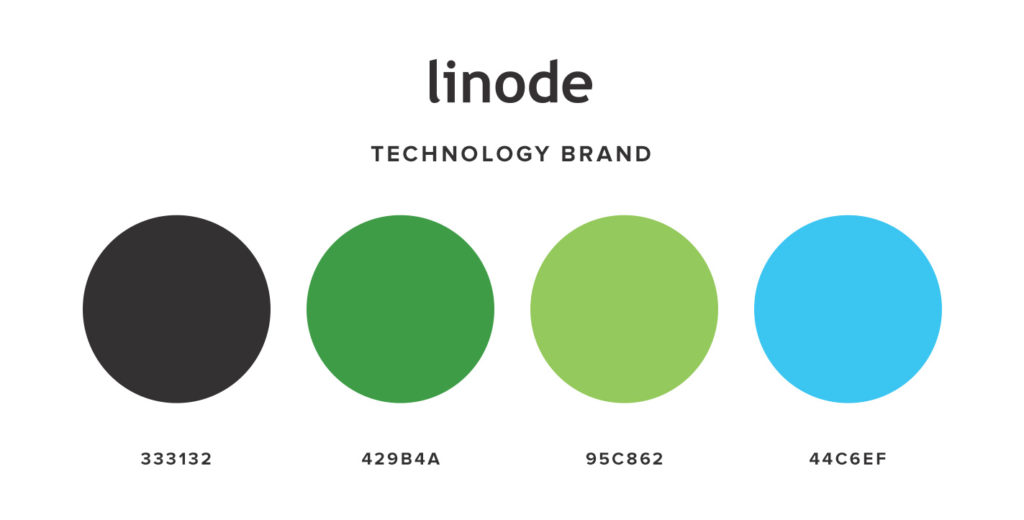
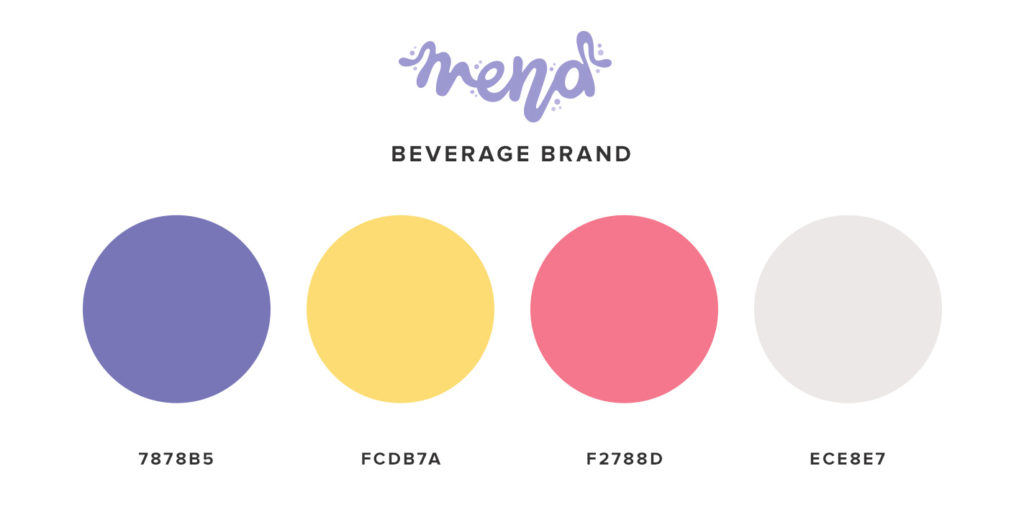
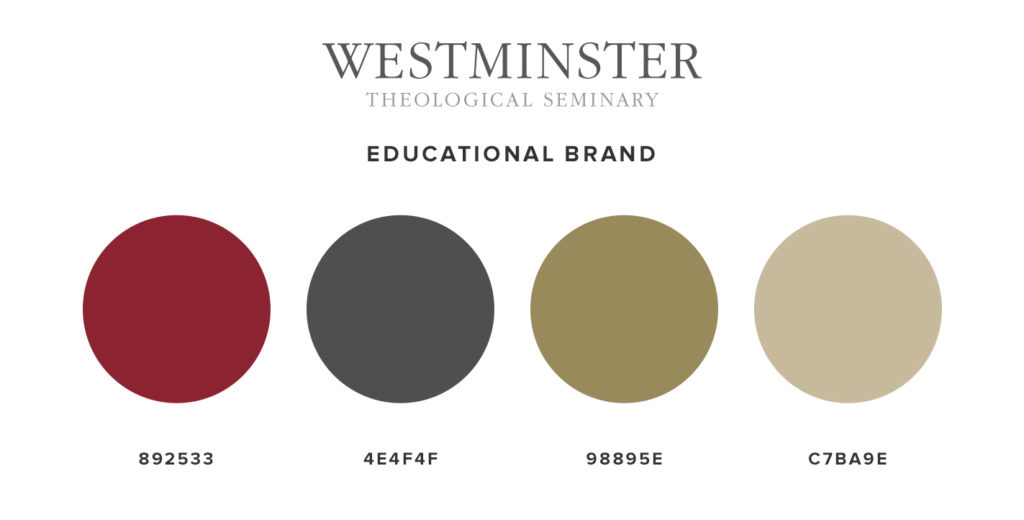
Voice and tone
Your voice expresses who you are as a brand (your perspective), and your tone expresses how you say it (your inflection). Together, your voice and tone define how you communicate with your audience. If possible, boil these down to 3-5 descriptive words that cover what your brand sounds like.
Key messaging
Now that you’ve figured out the sound of your voice and tone, it’s time to outline out what you’re saying and to whom. Write out the key messages for each of your audiences and support them with 3-5 proof points (Psst! The brand drivers exercise you did earlier will come in handy here).
Phase 4: Brand Awareness
Your branding efforts will be for naught if nobody knows or understands your new brand. All of your research, positioning statements, visual assets, and messaging should be combined into one comprehensive brand book (commonly referred to as a Style Guide).
When done properly this book will ensure consistency, both internally and externally. Don’t overlook the importance of consistency. Learn it. Live it. And in the case of this seltzer brand we developed, Mend it.
Then, it’s time for launch. You will need to develop several assets to ensure a smooth unveiling (or seamless transition) for your new brand. These might include:
- Business cards
- Social media graphics
- Stationery kits
- Banner ads
- Promo videos
Phase 5: Brand Measurement
Building your brand takes significant time, research and resources. Once your brand is established, you can’t just let go and forget it. A brand needs to be monitored and measured on a consistent basis.
Measuring internal and external performance will include speaking with your staff, customers, and even monitoring conversation online via social listening tools. Ask your team if they understand the target audience, customer insights, and brand drivers. Ask your customers if they recognize your logo, know what your brand stands for and hold a sense of loyalty to your brand.
In Conclusion
It’s no surprise that emotion is most often the driving force behind a customer’s decision to give you their business, and when the right emotional chord is struck the groundwork for a relationship is laid. An effective brand strategy should consider all the above parts and dictate the desired experience through all touch points consistently and clearly. When done right, a solid brand strategy will fuel all future marketing efforts, boost customer loyalty and provide a significant return on investment over time.
What Else Goes into the Recipe for Successful Digital Marketing?
Defining your brand is just one important step in building a successful and sustainable strategy. Next, check out step 2 of our 7 Steps to Digital Marketing Success series, covering Website Design & Development.
